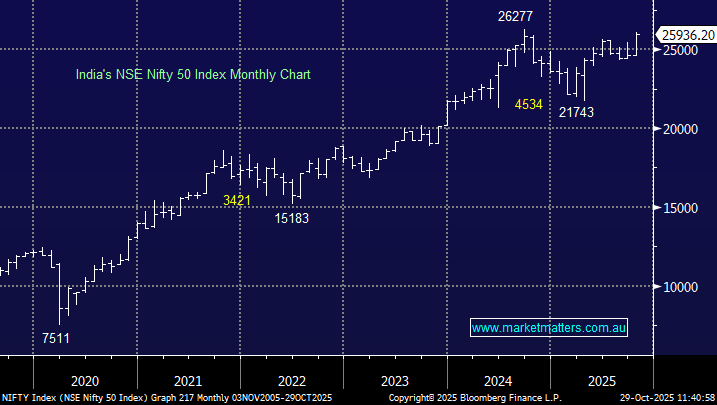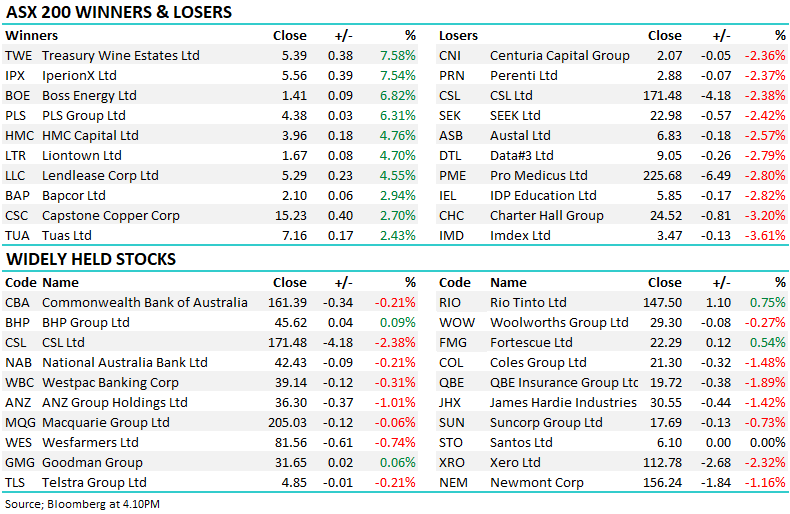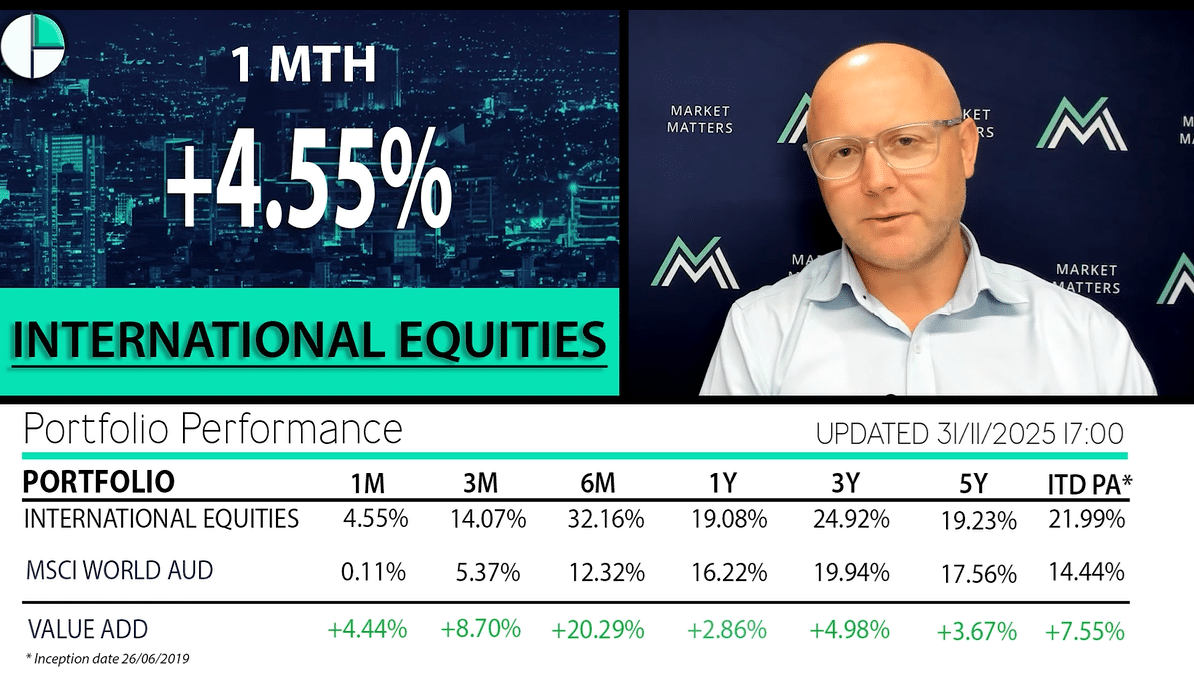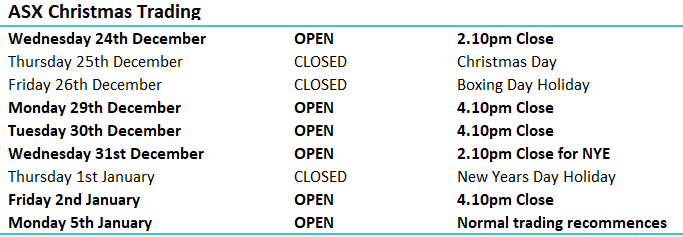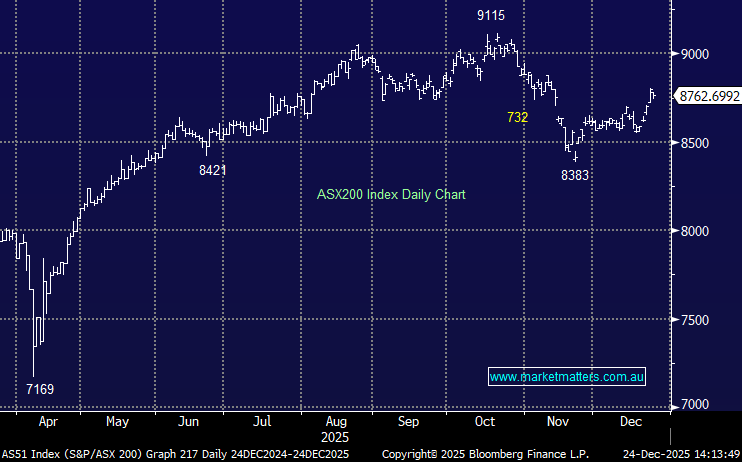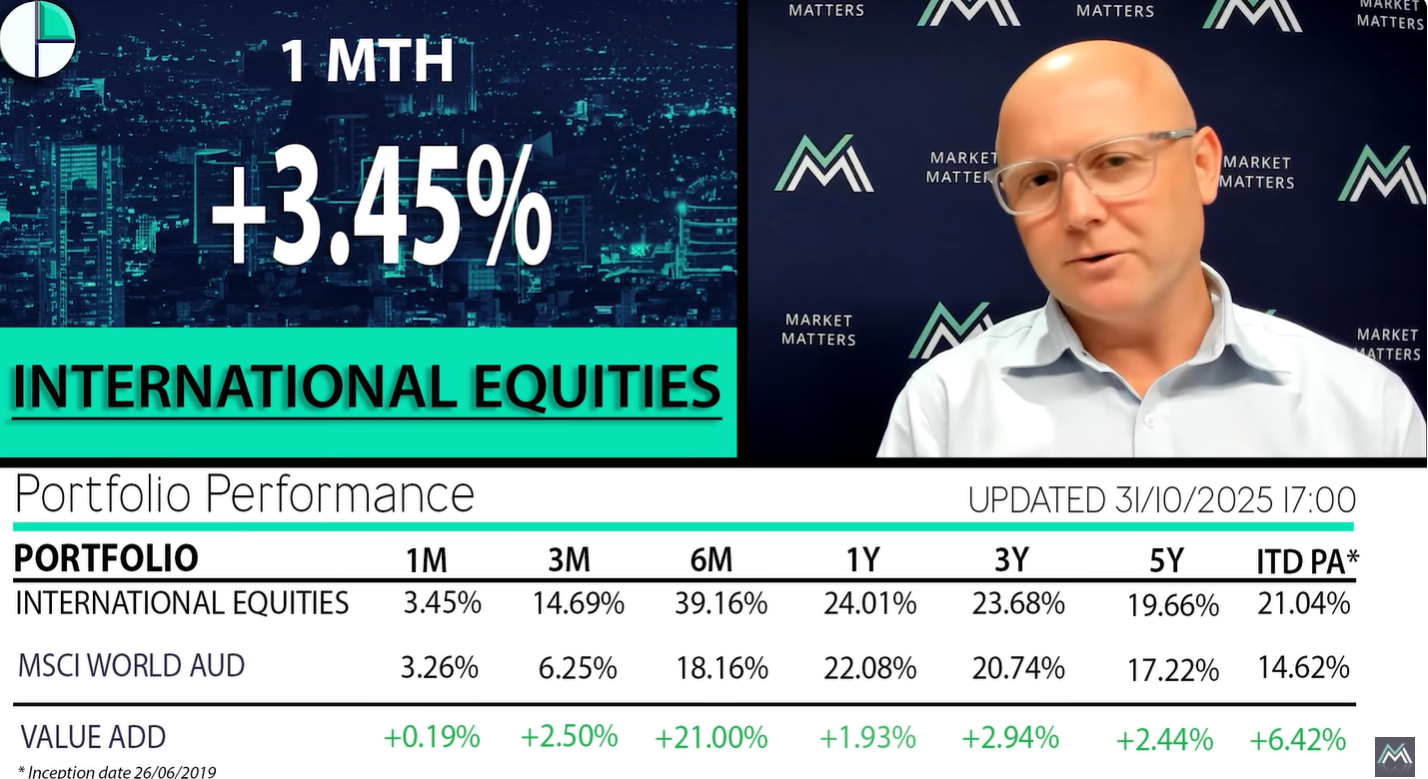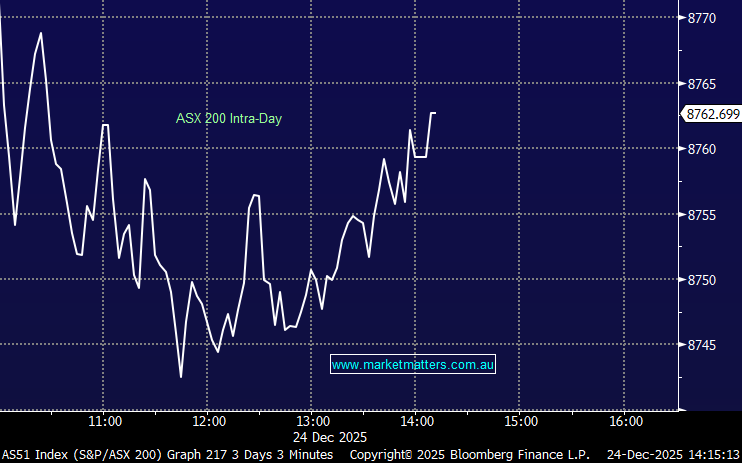Hi Srinivas,
The Vanguard MSCI International Shares ETF (VGS) and the iShares Core MSCI World Ex Aus ESG ETF (IWLD) are similar with a couple small differences:
The VGS buys individual international stocks directly to replicate the MSCI World ex-Australia Index whereas the IWLD is a Fund of Funds (FoF), it invests in other iShares ETFs that together track the same type of global market exposure. The VGS is structurally simpler, with lower tracking error and direct ownership of shares.
The VGS tracks the standard MSCI World ex-Australia Index with no ESG (environmental, social, governance) screening. Conversely, the IWLD ETF tracks an ESG-filtered version, excluding companies with poor sustainability scores or controversial business activities.
- If your primary goal is broad international developed market exposure excluding Australia, with a well-known, large, liquid fund, and you’re comfortable with a slightly higher fee in exchange for simplicity we feel the VGS makes strong sense.
- If you place strong importance on ESG, want lower management fees, are comfortable with some extra complexity (FoF structure, potential liquidity/spread trade-offs), and maybe want slightly broader coverage including smaller companies then IWLD could be more attractive.
In terms of ESG filtering of investments more generally, we think this should be a very individual exercise, rather than a blanket ESG filter being used.
We like India’s share market heading into 2026, it looks poised to play some catch-up with its global peers, targeting a new high above those reached in 2024. Again, the two ETFs mentioned are similar with a couple of small differences:
- If you want broad exposure to India’s largest companies, market-cap weighted, then NDIA is simpler and more “plain index” style.
- Alternatively, if you prefer a more selective, “growth at reasonable price” approach (fundamentals, quality metrics) and are comfortable with a newer/smaller fund, then GRIN might appeal.
The GRIN ETF is new making it hard to evaluate but over the last 3-months it gained +0.7% compared to the NDIA which is up +3.1%, hence we see no reason to overcomplicate things preferring the NDIA ETF until further notice.
As a general rule within ETFs, we go for the simplest structure that tracks the largest index.

